Home>diy>Planning & Engineering>Why Do You Need A Landscape Architect
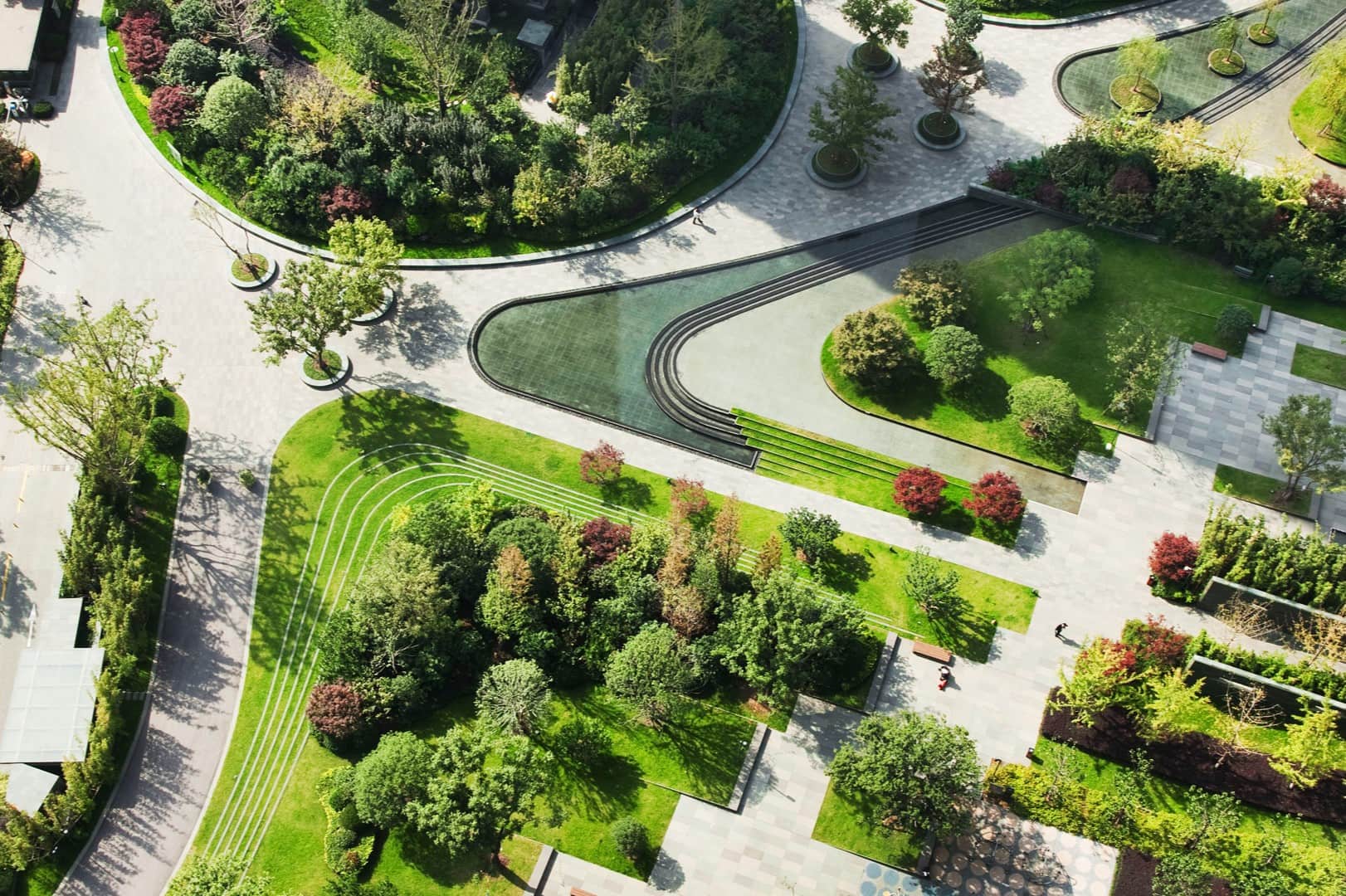

Planning & Engineering
Why Do You Need A Landscape Architect
Modified: January 4, 2024
Learn why hiring a landscape architect is crucial for effective planning and engineering. Enhance your project's success with professional expertise.
(Many of the links in this article redirect to a specific reviewed product. Your purchase of these products through affiliate links helps to generate commission for Storables.com, at no extra cost. Learn more)
Introduction
When it comes to creating a stunning outdoor space that is functional, aesthetically pleasing, and sustainable, a landscape architect is your go-to professional. A landscape architect is a highly skilled individual who combines art, science, and engineering to design outdoor environments that harmonize with the natural surroundings.
Imagine having a backyard that not only enhances the beauty of your property but also improves the quality of your life. Whether you have a small suburban garden or a large commercial property, a landscape architect can transform it into a breathtaking oasis.
In this article, we will delve into the world of landscape architects, exploring their role, the benefits they provide, and their impact on the environment and urban planning. By understanding the importance of landscape architects, you will gain a greater appreciation for their expertise and the value they bring to outdoor design projects.
Key Takeaways:
- Landscape architects are essential for creating stunning, sustainable outdoor spaces that enhance quality of life and preserve natural and cultural heritage.
- Their expertise in design, sustainability, and collaboration shapes cities, promotes environmental conservation, and transforms neglected spaces into vibrant public realms.
What is a Landscape Architect?
A landscape architect is a professional who specializes in the design, planning, and management of outdoor spaces. They are trained to integrate natural and built elements, considering factors such as aesthetics, functionality, sustainability, and environmental impact.
Unlike a garden designer or landscape contractor, a landscape architect has a comprehensive understanding of various disciplines, including architecture, horticulture, engineering, and ecology. They possess the knowledge and skills to conceptualize, plan, and execute intricate landscaping projects, ranging from residential gardens to public parks, campuses, and urban spaces.
One of the key roles of a landscape architect is to assess the site and understand the client’s needs, desires, and budget. They consider factors such as topography, soil conditions, climate, drainage, vegetation, and existing structures to create a design that maximizes the potential of the space.
Moreover, landscape architects are knowledgeable about regulations, codes, and permits related to land development and construction. They work closely with local authorities and other professionals to ensure that their designs comply with zoning laws, environmental regulations, and safety standards.
To become a qualified landscape architect, one must earn a degree in landscape architecture from an accredited program and obtain the necessary certifications and licensure. This rigorous training equips them with the technical expertise and design proficiency needed to excel in their field.
Overall, a landscape architect is a visionary who envisions and creates outdoor spaces that seamlessly blend with their surroundings and enrich the lives of those who inhabit them. They are artists, engineers, and environmental stewards working together to shape the landscapes of our communities.
The Importance of Landscape Architects
Landscape architects play a vital role in shaping the world we live in. They contribute to the enhancement and preservation of natural environments while improving the quality of life for individuals and communities. Here are some key reasons why landscape architects are important:
- Creating Functional Spaces: Landscape architects are skilled at designing outdoor spaces that are not only visually appealing but also functional. They consider factors such as accessibility, circulation, and usability to ensure that the space serves its intended purpose. Whether it’s a park, a residential garden, or a commercial plaza, landscape architects optimize the layout and features to maximize usability and enjoyment.
- Promoting Sustainability: In an era of increasing environmental consciousness, landscape architects prioritize sustainable design practices. They integrate green infrastructure, such as rain gardens and bioswales, to manage stormwater runoff and conserve water resources. They also incorporate native plants and materials to reduce maintenance needs and support local ecosystems. By implementing sustainable design principles, landscape architects contribute to the overall health and resilience of our environment.
- Enhancing Aesthetics: Landscape architects have a keen eye for design and aesthetics. They carefully select and arrange plants, hardscapes, and focal points to create visually stunning outdoor spaces. They consider factors such as color, texture, scale, and rhythm to create harmonious landscapes that evoke emotion and provide a sense of tranquility and beauty.
- Improving Quality of Life: Well-designed outdoor spaces have a positive impact on our well-being. Studies have shown that spending time in green spaces can reduce stress, enhance creativity, and improve mental and physical health. Landscape architects have the ability to create environments that promote relaxation, social interaction, and connection with nature, ultimately fostering a higher quality of life for individuals and communities alike.
- Preserving Cultural and Historical Identity: Landscape architects are skilled in understanding the cultural and historical significance of a site. They incorporate elements that honor and preserve the heritage and identity of a place, ensuring that it remains a valuable asset for future generations.
In summary, landscape architects are essential for creating functional, sustainable, visually appealing outdoor spaces that improve our quality of life and contribute to the preservation of our natural and cultural heritage. Their expertise and dedication make a significant impact on the environments we live in, making them indispensable professionals in design and planning.
Benefits of Hiring a Landscape Architect
When it comes to transforming your outdoor space, hiring a landscape architect can provide numerous benefits that go beyond aesthetics. Here are some key advantages of working with a professional landscape architect:
- Expertise and Creativity: Landscape architects possess a deep understanding of design principles and landscape aesthetics. They have the knowledge and skills to envision unique and innovative solutions for your outdoor space. With their creative eye, they can transform your ideas and desires into a cohesive and beautiful design that reflects your personal style.
- Comprehensive Planning: From initial concept to final execution, landscape architects provide a comprehensive approach to landscape design. They consider various factors such as site analysis, environmental sustainability, and functionality to create a well-rounded, holistic plan. This ensures that every aspect of your landscape is carefully thought out and integrated seamlessly.
- Maximizing Space and Value: Landscape architects can optimize the use of space, even in small or challenging areas. They have the expertise to generate creative solutions that make the most of your property’s potential. This not only enhances the enjoyment of your outdoor space but also adds value to your property.
- Project Management and Coordination: Landscape architects take on the responsibility of managing your project from start to finish. They coordinate with various contractors, suppliers, and other professionals involved in the construction process to ensure a smooth and successful implementation. This saves you time and stress by handling the logistical aspects of the project.
- Environmental Sustainability: Landscape architects are committed to incorporating sustainable design practices into their projects. They consider factors such as water conservation, use of native plants, and efficient irrigation systems to minimize the environmental impact of your landscape. By prioritizing sustainability, landscape architects help create environmentally responsible outdoor spaces.
- Long-Term Maintenance Planning: Landscape architects not only design your outdoor space but also ensure its long-term vitality. They can create maintenance plans and recommendations to help you care for your landscape properly. This includes guidance on watering, fertilization, pruning, and ongoing maintenance to keep your outdoor space looking its best for years to come.
Hiring a landscape architect is an investment in the beauty, functionality, and sustainability of your outdoor space. Their expertise, creativity, and comprehensive approach ensure that your landscape not only meets your needs and desires but also enhances the overall value and enjoyment of your property.
Expertise and Skills of a Landscape Architect
A landscape architect possesses a diverse range of expertise and skills that contribute to their ability to create stunning outdoor environments. Here are some of the key areas in which landscape architects excel:
- Design and Aesthetics: Landscape architects are trained in the art of design. They have a keen eye for aesthetics and understand how to create visually appealing landscapes. From the selection of plants and materials to the arrangement of hardscapes and focal points, they have the expertise to create harmonious and captivating outdoor spaces.
- Environmental Knowledge: Landscape architects possess a deep understanding of the environment and the ecological systems at play. They are knowledgeable about soil profiles, plant selection, and the impact of climate on landscaping. This allows them to create sustainable designs that can thrive in their specific environmental conditions.
- Technical Proficiency: Landscape architects have a strong foundation in technical subjects such as engineering, horticulture, and construction. They are skilled in drafting blueprints, creating 3D models, and utilizing computer-aided design (CAD) software to bring their visions to life. Their technical proficiency enables them to effectively communicate their ideas to clients, contractors, and other professionals involved in the project.
- Project Management: Landscape architects have excellent project management skills. They can oversee the entire process, from initial concept development to the final installation. They coordinate with various stakeholders, ensuring that the project stays on track and meets the desired objectives. Their ability to manage budgets, timelines, and resources is instrumental in the successful completion of landscaping projects.
- Collaboration: Landscape architects are skilled collaborators, able to work effectively with a diverse team of professionals. They often collaborate with architects, civil engineers, urban planners, and other specialists to ensure that their designs align with other aspects of a project. They are able to integrate the ideas and input of others while maintaining the integrity of their original design vision.
- Communication and Client Relations: Landscape architects have strong communication skills, both verbal and visual. They are adept at listening to their clients’ needs and desires and translating them into tangible design concepts. With their ability to effectively communicate their ideas, they can ensure that the client’s vision is realized while providing valuable insights and suggestions.
It is through their expertise and skills that landscape architects are able to create outdoor spaces that are not only visually appealing but also functional, sustainable, and in harmony with their surroundings. Their unique combination of artistic vision, technical knowledge, and project management skills make them invaluable professionals in the field of landscaping and outdoor design.
The Design Process of a Landscape Architect
The design process of a landscape architect is a thoughtful and meticulous journey that involves several stages. Each stage builds upon the previous one to create a comprehensive and well-executed design. Here is an overview of the typical design process followed by landscape architects:
- Initial Consultation: The process begins with an initial consultation between the landscape architect and the client. This is an opportunity for the landscape architect to understand the client’s needs, desires, and budget. They discuss the site conditions, existing features, and any specific requirements or constraints. This step is crucial for establishing a clear understanding of the project goals and scope.
- Site Analysis and Assessment: The landscape architect conducts a thorough site analysis to gather information about the physical characteristics of the site. They study factors such as topography, soil conditions, drainage patterns, existing vegetation, and climate. This analysis helps them better understand the site’s potential and any limitations or challenges that need to be addressed in the design.
- Concept Development: Based on the client’s requirements and the site analysis, the landscape architect develops a conceptual design. This phase involves exploring various design options, generating ideas, and creating sketches or digital renderings to visualize the potential outcomes. The concept design outlines the overall layout, spatial organization, and key elements of the landscape design.
- Design Refinement: The conceptual design is then refined and further developed. The landscape architect takes into account feedback from the client, making adjustments and incorporating any necessary changes. They refine the details, such as plant selections, materials, and specific design features. This phase may involve multiple iterations until the client is satisfied with the design direction.
- Construction Documentation: Once the design is finalized, the landscape architect prepares detailed construction documents. These documents include technical drawings, specifications, and material lists necessary for the implementation phase. The construction documents provide clear instructions to contractors and other professionals involved in the project, ensuring that the design is accurately executed.
- Implementation and Project Management: During the implementation phase, the landscape architect works closely with contractors and oversees the construction process. They ensure that the design is implemented according to the approved plans and specifications. The landscape architect coordinates and collaborates with other professionals to ensure that the project progresses smoothly and any issues are resolved efficiently.
- Post-Construction Evaluation and Maintenance: Once the construction is complete, the landscape architect conducts a final evaluation to assess the success of the design and address any post-construction issues. They provide guidance on ongoing maintenance and management to ensure the long-term vitality and sustainability of the landscape.
The design process of a landscape architect is a dynamic and iterative journey that requires creativity, technical knowledge, and effective communication. Through their expertise and attention to detail, landscape architects craft designs that are not only visually appealing but also functional, sustainable, and tailored to the client’s needs and aspirations.
When hiring a landscape architect, be sure to clearly communicate your goals, budget, and timeline. This will help ensure that the final design meets your needs and expectations.
Role of a Landscape Architect in Environmental Conservation
Landscape architects play a critical role in environmental conservation and stewardship. They have a deep understanding of the natural environment and the impact of human activities on ecosystems. Through their knowledge and expertise, they contribute to the preservation and restoration of the environment in several ways:
- Sustainable Design Practices: Landscape architects prioritize sustainable design practices in their projects. They integrate principles of environmental conservation and resource efficiency into their designs, considering factors such as water conservation, energy usage, and use of recycled materials. By promoting sustainable design, landscape architects help reduce the ecological footprint of landscapes.
- Preservation of Natural Features: Landscape architects are trained to appreciate and protect natural features of a site, such as mature trees, wetlands, and natural watercourses. They aim to incorporate these elements into their designs and minimize disturbance to sensitive ecosystems. By preserving these natural features, landscape architects support biodiversity and maintain the ecological balance of an area.
- Selection of Native Plants: Landscape architects prioritize the use of native plants in their designs. Native plants are adapted to the local climate, soil conditions, and wildlife habitat. They require less water, fertilizer, and pesticides compared to non-native species. By using native plants, landscape architects promote biodiversity and support local ecosystems.
- Stormwater Management: Landscape architects incorporate innovative stormwater management techniques into their designs. They utilize features such as rain gardens, bioswales, and permeable paving to manage stormwater runoff. These techniques help filter pollutants, reduce erosion, and recharge groundwater, ultimately protecting water resources and preventing water pollution.
- Creation of Green Infrastructure: Landscape architects are involved in the planning and design of green infrastructure, such as urban parks, green roofs, and community gardens. These features provide multiple environmental benefits, including improved air quality, heat island reduction, carbon sequestration, and wildlife habitat. Landscape architects contribute to the creation of green spaces that enhance the resiliency and health of urban environments.
- Environmental Education and Advocacy: Landscape architects often engage in environmental education and advocacy efforts. They help raise awareness about the importance of environmental conservation and sustainable practices. They advocate for the use of green spaces, the protection of natural resources, and the integration of nature into the built environment.
Overall, landscape architects play a vital role in environmental conservation by incorporating sustainable design practices, preserving natural features, promoting native plants, managing stormwater, creating green infrastructure, and advocating for environmental stewardship. Their contributions help minimize the negative impact of human activities on the environment and create landscapes that are both beautiful and ecologically responsible.
Landscape Architects and Urban Planning
Landscape architects play a crucial role in the field of urban planning, shaping the design and development of our cities and urban spaces. They contribute to creating sustainable, functional, and aesthetically pleasing environments that enhance the quality of life for urban residents. Here are some key ways in which landscape architects are involved in the realm of urban planning:
- Designing Public Spaces: Landscape architects are responsible for designing public spaces such as parks, plazas, and streetscapes. These spaces serve as vital gathering places for communities, providing opportunities for social interaction, recreation, and relaxation. Landscape architects create designs that consider the needs and preferences of diverse urban populations while maximizing the use of available space.
- Creating Green Infrastructure: As cities face the challenges of climate change and urbanization, landscape architects play a vital role in integrating green infrastructure into urban planning. They incorporate elements such as urban forests, green roofs, and permeable surfaces to combat heat island effect, enhance stormwater management, and improve air quality. Green infrastructure not only promotes environmental sustainability but also enhances the resilience and livability of cities.
- Revitalizing Urban Spaces: Landscape architects contribute to the regeneration and revitalization of urban areas. They are involved in transforming underutilized or neglected spaces into vibrant public realms. Through their expertise in design, they improve the aesthetics and functionality of urban landscapes, enhancing the attractiveness and economic viability of the surrounding areas.
- Promoting Walkability and Accessibility: Landscape architects prioritize designing urban environments that are walkable, accessible, and safe for pedestrians. They integrate pedestrian-friendly features such as sidewalks, crosswalks, and pedestrian-only zones into their designs. By prioritizing walkability, landscape architects contribute to a more sustainable, healthy, and inclusive urban environment.
- Addressing Environmental Challenges: Landscape architects work closely with urban planners to address environmental challenges. They contribute to strategies for managing urban heat, mitigating air and noise pollution, and conserving natural resources. Through their designs, landscape architects integrate green spaces and urban vegetation, promoting environmental sustainability and creating healthier urban environments.
- Collaboration in Multi-Disciplinary Teams: Landscape architects collaborate with urban planners, architects, engineers, and other professionals in the field of urban planning. They bring their unique perspective and expertise to these multidisciplinary teams, ensuring that the design and development of urban spaces are holistic and comprehensive.
Landscape architects are the champions of creating sustainable, vibrant, and inclusive urban environments. Through their collaboration with urban planners and their design expertise, they contribute to shaping cities that are not only visually appealing but also socially, environmentally, and economically resilient. Their work is essential in creating cities where people can live, work, and thrive.
Collaboration with Other Professionals in Landscape Architecture
Landscape architects are skilled collaborators who work closely with a variety of professionals to bring their designs to life. They understand the value of teamwork and the benefits of integrating different perspectives and expertise. Here are some key professionals that landscape architects collaborate with in the field of landscape architecture:
- Architects: Landscape architects collaborate with architects to ensure that their landscape designs seamlessly integrate with the built environment. They coordinate on aspects such as building placement, entrances, and outdoor spaces, ensuring a cohesive and harmonious design that enhances the overall aesthetic and functionality of the project.
- Urban Planners: Landscape architects work closely with urban planners to create sustainable and well-planned environments. They collaborate on issues related to land use, zoning, transportation, and infrastructure, ensuring that the landscape design aligns with the larger urban planning goals and contributes to the overall vision for the area.
- Civil Engineers: Landscape architects collaborate with civil engineers to ensure that their designs are technically feasible and compliant with engineering standards. They work together to address issues such as site grading, drainage, erosion control, and utility placement. This collaboration ensures that the landscape design is not only visually stunning but also functional and safe.
- Environmental Specialists: Landscape architects often work with environmental specialists such as ecologists, soil scientists, and environmental engineers. They collaborate to evaluate site conditions and conduct environmental assessments. This collaboration helps landscape architects understand the ecological context of a site and design landscapes that are sustainable and sensitive to the natural environment.
- Contractors and Construction Teams: Landscape architects closely collaborate with contractors and construction teams during the implementation phase of the project. They work together to ensure that the design is accurately executed, meeting the desired specifications and quality standards. Regular communication and collaboration with construction teams are crucial for successful project delivery.
- Interior Designers: In projects that involve both interior and exterior spaces, landscape architects collaborate with interior designers to create a seamless transition between indoor and outdoor environments. They coordinate on elements such as materials, colors, and finishes, ensuring a cohesive design that enhances the overall user experience.
- Community and Stakeholders: Landscape architects engage in collaboration with the local community and stakeholders throughout the design process. They seek input, gather feedback, and incorporate the desires and needs of the community into their designs. This collaboration helps create landscapes that truly reflect the aspirations and identities of the people who will use and enjoy them.
By collaborating with these and other professionals, landscape architects enrich their designs with diverse expertise and perspectives. This collaboration ensures that the final landscape is not only visually appealing but also functional, sustainable, and responsive to the needs of the users and the environment. The success of landscape architecture projects relies on effective communication and teamwork among these professionals.
Examples of Landscaping Projects by Landscape Architects
Landscape architects have been involved in numerous notable projects around the world, transforming outdoor spaces into breathtaking landscapes. Here are some examples of iconic landscaping projects that showcase the artistry and expertise of landscape architects:
- The High Line, New York City: Designed by landscape architecture firm James Corner Field Operations and Diller Scofidio + Renfro, The High Line is a remarkable urban park built on a historic elevated railway. The landscape architects transformed the abandoned railway into a beautiful, linear park filled with lush plantings, meandering pathways, and stunning views of the city. The project demonstrates how landscape architects can reimagine unused spaces and create vibrant public realms.
- Gardens by the Bay, Singapore: Designed by landscape architecture firm Grant Associates, Gardens by the Bay is a world-renowned horticultural masterpiece. Spanning over 100 hectares, the project features impressive Supertrees, iconic glass conservatories, and lush gardens showcasing a diverse range of plant species. The landscape architects seamlessly integrated creativity, technology, and sustainability to create an awe-inspiring botanical wonderland.
- The Bosco Verticale, Milan: Designed by landscape architecture firm Boeri Studio, the Bosco Verticale (Vertical Forest) is an innovative residential tower characterized by its greenery-clad façade. The landscape architects integrated trees and shrubs into the building structure, creating vertical forests that help improve air quality, reduce energy consumption, and create a more livable urban environment.
- Chicago’s Millennium Park, Chicago: Designed by landscape architecture firm Gustafson Guthrie Nichol, Millennium Park is a stunning urban park that has become an iconic landmark of Chicago. The project features the iconic Cloud Gate sculpture (affectionately known as “The Bean”), a ribbon-like pedestrian bridge, interactive fountains, and beautifully landscaped gardens. The landscape architects successfully transformed a former rail yard into a vibrant and engaging public space.
- Arcadia Earth, New York City: Designed by landscape architecture firm Future Green Studio, Arcadia Earth is an immersive art installation that raises awareness about environmental issues. The landscape architects created a series of visually stunning rooms using recycled and sustainable materials, showcasing the beauty of nature and the urgency of environmental conservation.
These examples illustrate the remarkable talent and creativity of landscape architects in designing landscapes that are not only aesthetically pleasing but also promote sustainability, connectivity, and community engagement. Through their expertise, landscape architects continue to transform spaces, leaving a lasting impact on the environment and the people who experience these beautiful landscapes.
Conclusion
Landscape architects are indispensable professionals who possess a unique blend of creativity, technical expertise, and environmental stewardship. Their role in designing and transforming outdoor spaces is of paramount importance in creating functional, sustainable, and visually stunning landscapes.
From the initial consultation to the final execution, landscape architects employ a meticulous design process, considering factors such as site analysis, functionality, aesthetics, and sustainability. They collaborate with other professionals such as architects, urban planners, and engineers to ensure that their designs seamlessly integrate with the built environment and align with larger urban planning goals.
Moreover, landscape architects are at the forefront of environmental conservation and stewardship. Their emphasis on sustainable design practices, preservation of natural features, and promotion of green infrastructure contributes to the protection and enhancement of our ecosystems. They prioritize native plant selections, stormwater management, and the creation of green spaces, fostering biodiversity and improving the resilience of our urban environments.
The impact of landscape architects can be seen in iconic projects such as The High Line, Gardens by the Bay, and Millennium Park. These landscapes not only enhance the aesthetic beauty of their surroundings but also provide spaces for people to connect with nature, relax, and engage in a vibrant community life.
In conclusion, the work of landscape architects goes beyond creating visually appealing and functional outdoor spaces. They shape the very fabric of our cities, promoting sustainability, improving quality of life, and fostering a deeper connection with the environment. The expertise, creativity, and collaboration they bring to their projects make landscape architects indispensable in the field of design and planning. With their vision, talent, and dedication, landscape architects continue to shape the landscapes of our communities and leave a lasting legacy for future generations to enjoy.
Frequently Asked Questions about Why Do You Need A Landscape Architect
Was this page helpful?
At Storables.com, we guarantee accurate and reliable information. Our content, validated by Expert Board Contributors, is crafted following stringent Editorial Policies. We're committed to providing you with well-researched, expert-backed insights for all your informational needs.
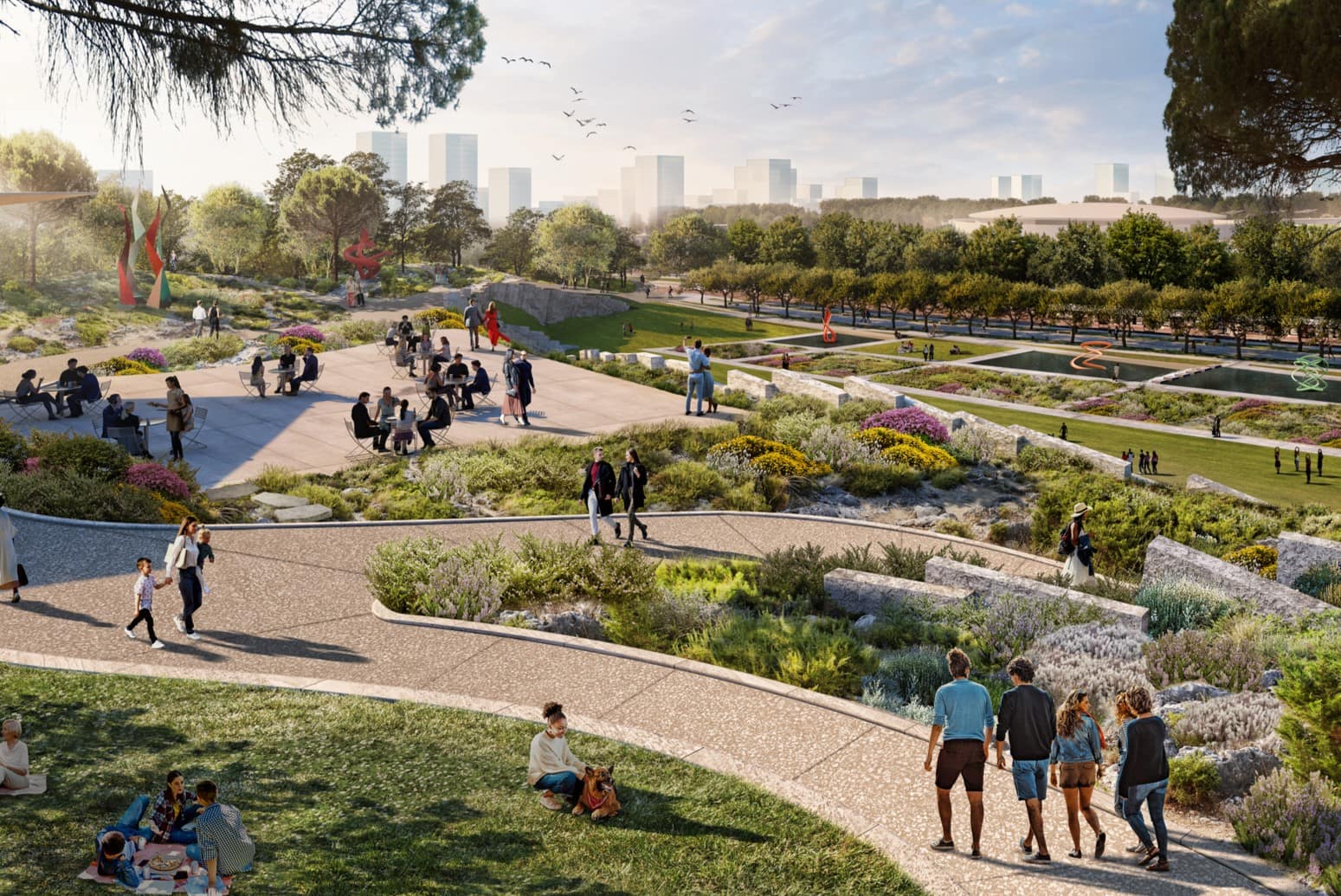
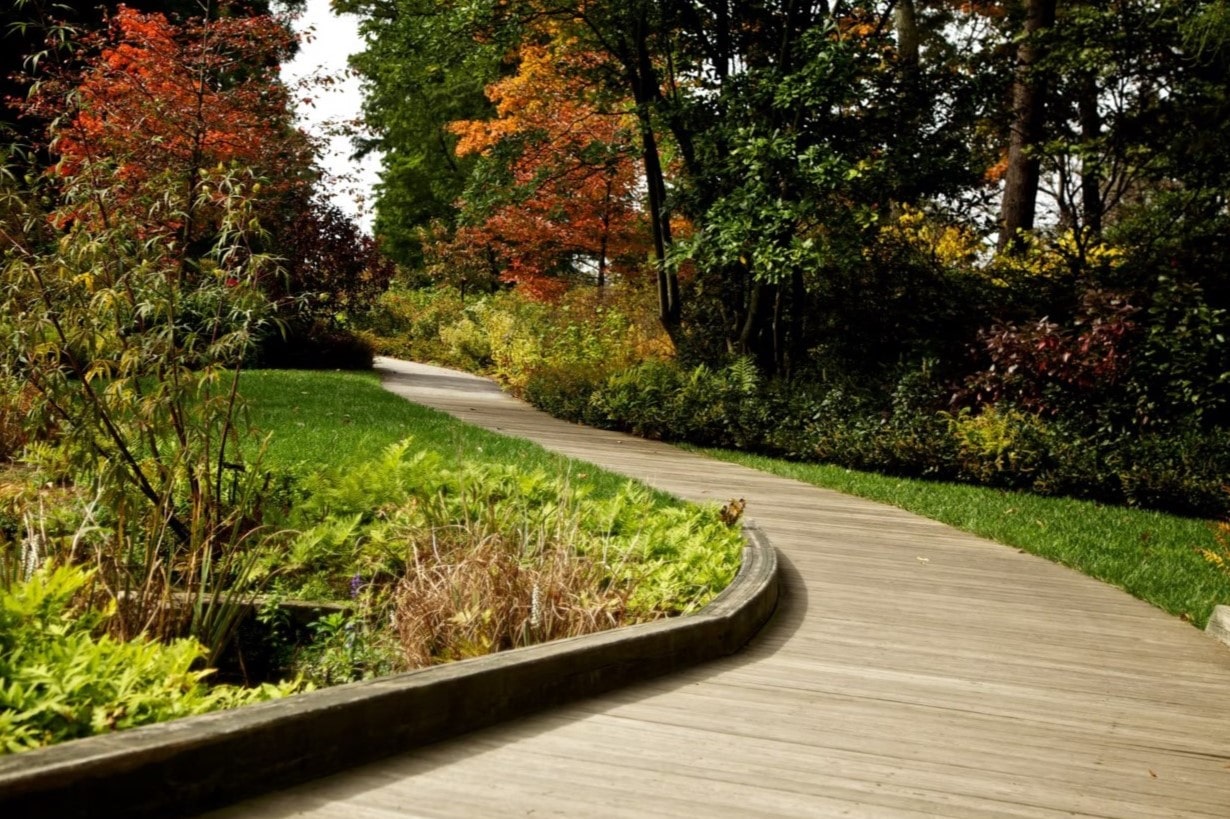
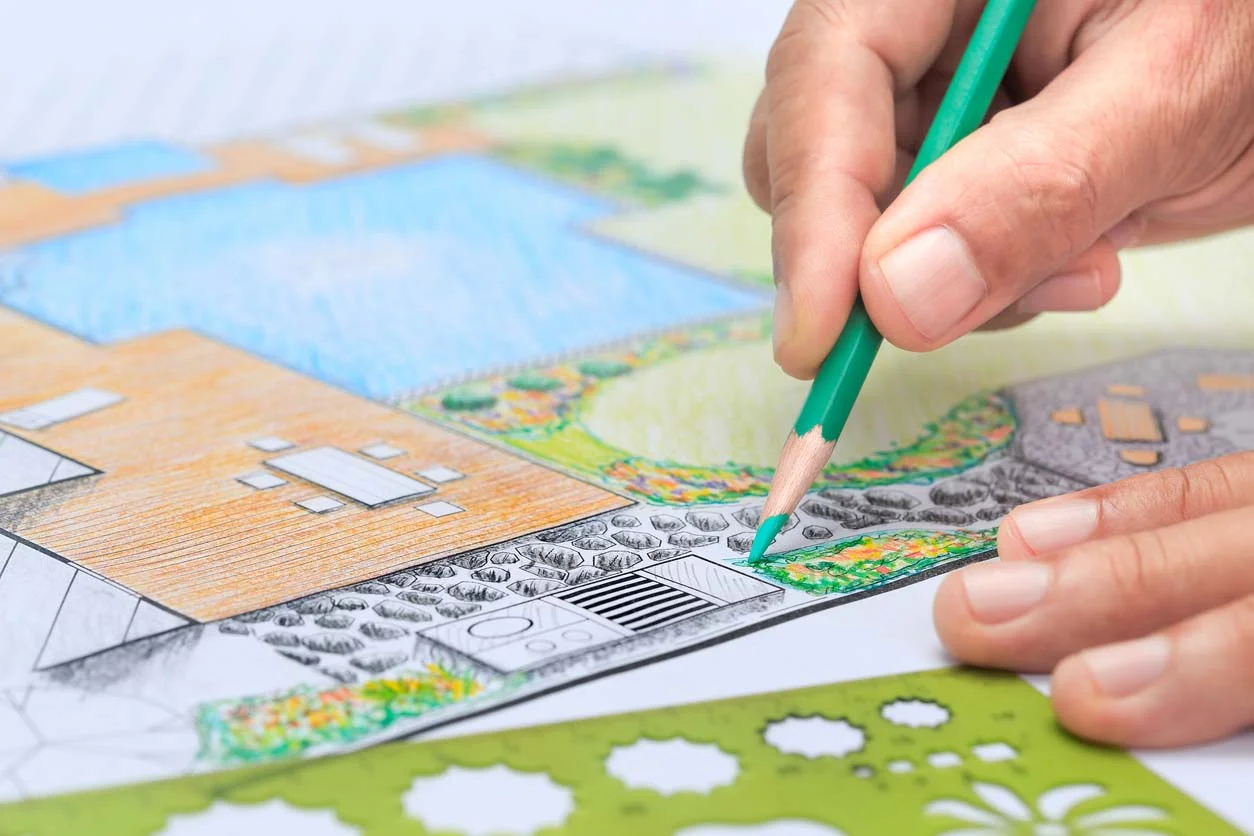

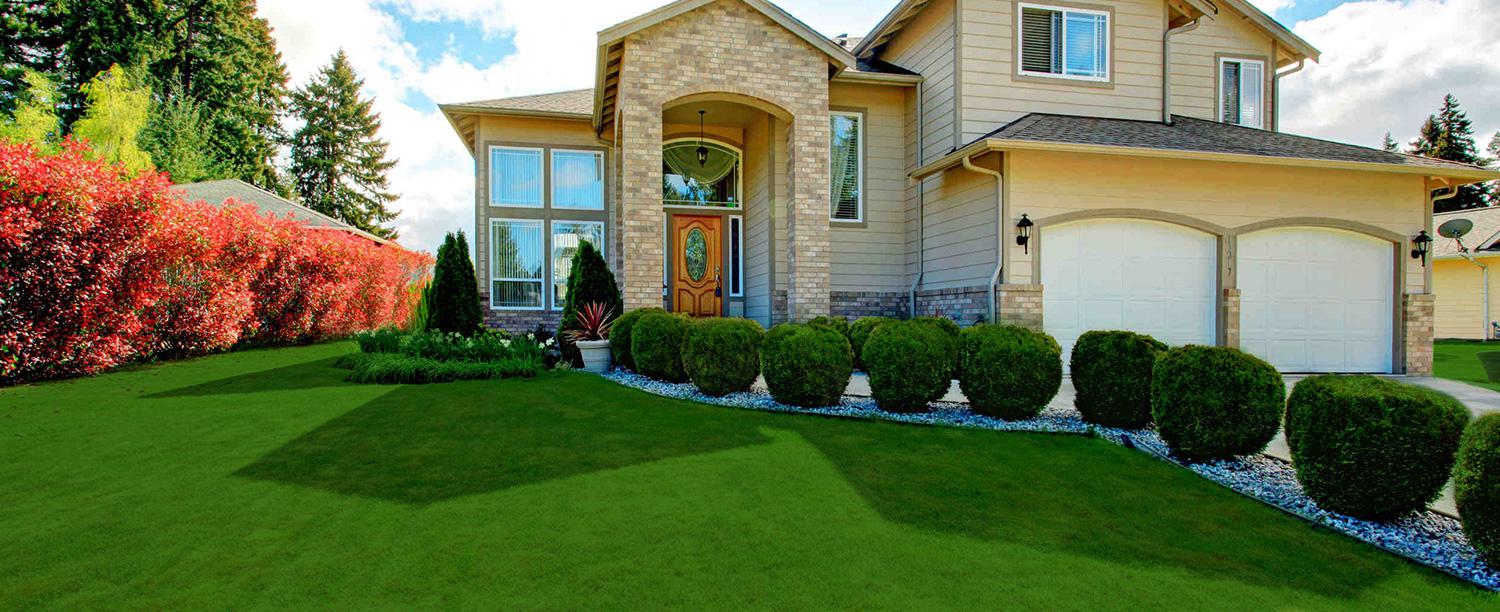

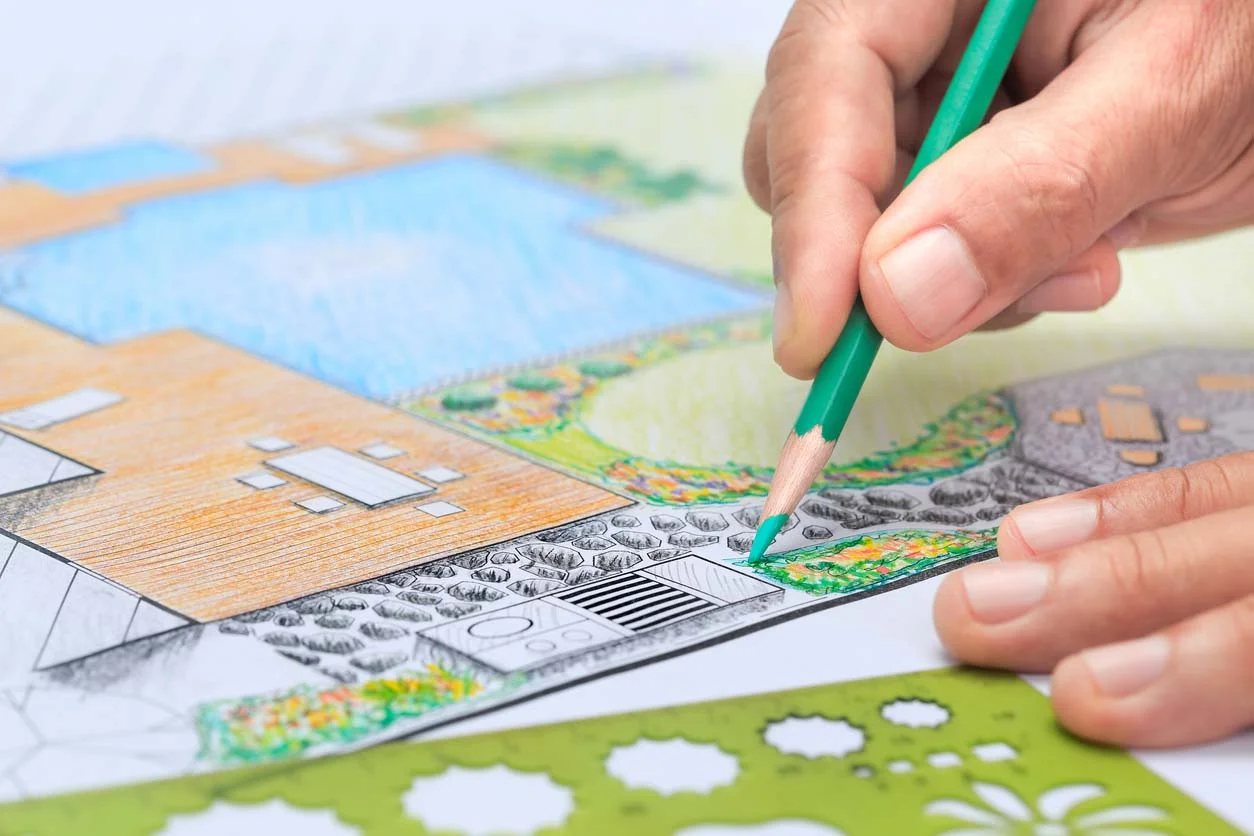





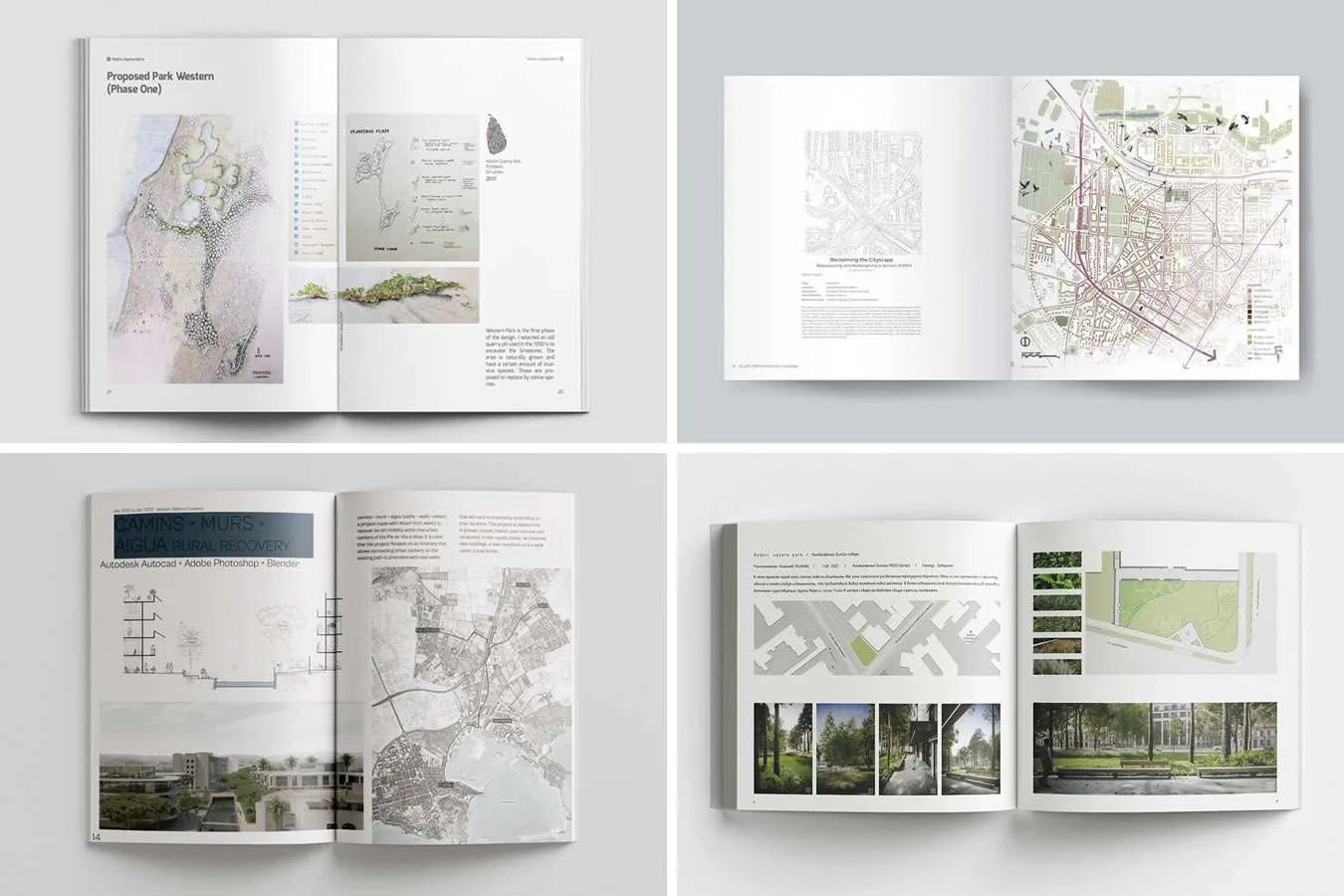

0 thoughts on “Why Do You Need A Landscape Architect”